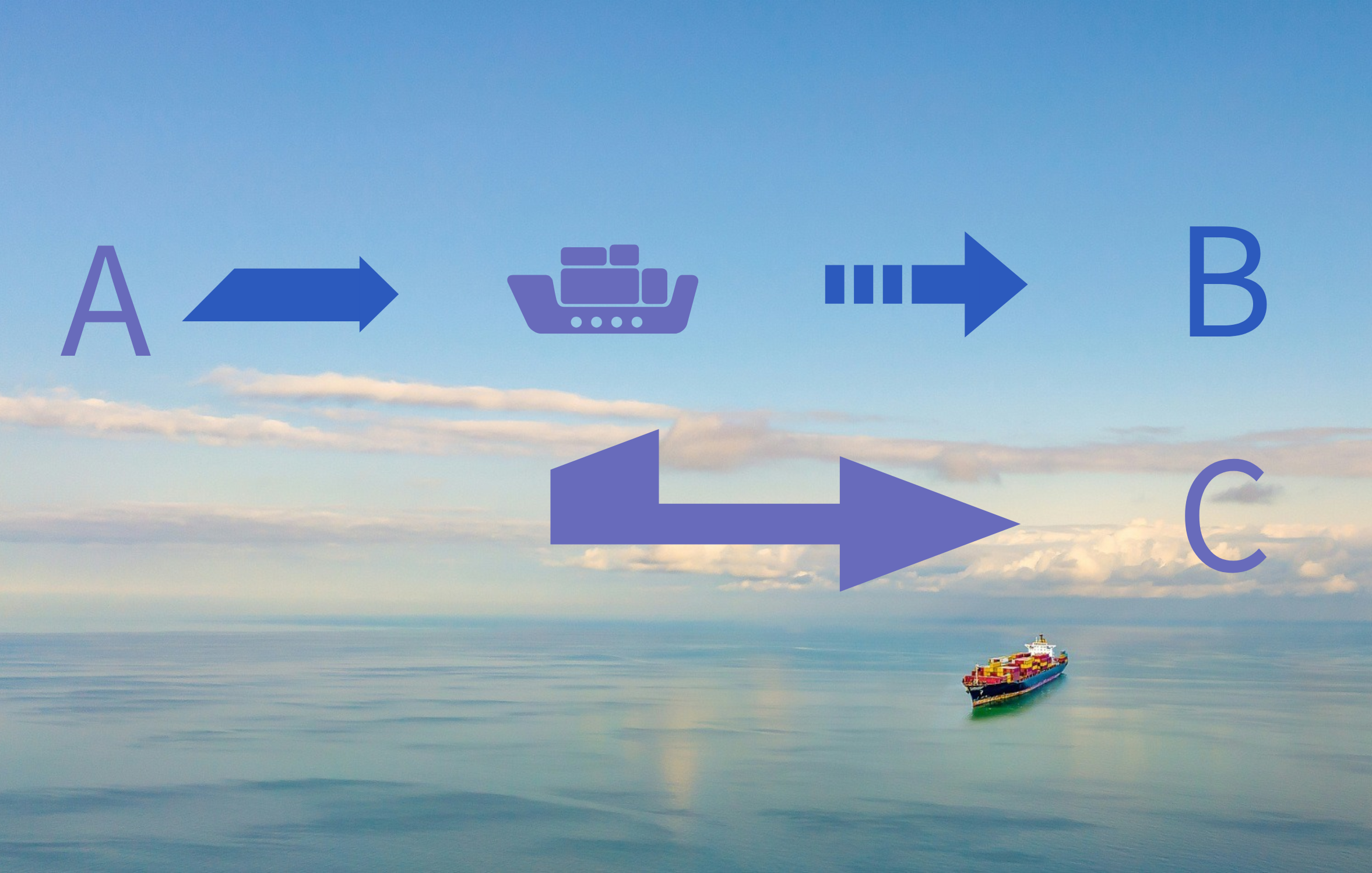How to Change Destination Port? Learn How!

How to Operate
The process can be divided into the following scenarios:
1. Before Entering the Port of Origin
- Inform the trucking company to modify the cargo manifest.
- Apply to the shipping company to change the transshipment port/destination port.
2. After Entering the Port but Before Cutoff Time
Immediately apply to the shipping company. If it involves a different port on the same shipping route, approval is relatively easier. However, if it requires a different second-leg vessel, coordination with the destination and transshipment ports is needed.
Once a container has entered the port, it is allocated to specific stack locations based on the destination port. Changing the transshipment/destination port requires transferring the container to another stack. If the cutoff time is near, it becomes more challenging, so notify the shipping company as soon as possible.
3. After Sailing but Before Arrival
- The booking agent must provide the shipping company with an original set of three "Letter of Guarantee for Destination Change" and the full set of original bills of lading or the Sea Waybill.
- Upon receiving valid documents, the shipping company will submit a destination change application to headquarters and the relevant transshipment/destination ports to confirm feasibility and cost implications.
- If the change is approved, the shipping company will inform the booking agent of the fees. If additional costs are incurred outside the origin port, they will quote to the relevant regional agents to contact the payer.
- Once the booking agent or payer confirms payment, the shipping company will update the manifest and issue a new bill of lading as per the letter of guarantee.
- If the change is ultimately canceled, a written confirmation is required, and the original bill of lading must be retrieved from the shipping company by the booking agent.
- If only part of the containers under the same bill of lading needs to be changed, the documents department must first split the bill of lading. After generating a new bill number, follow the steps above.
How to Write the Letter of Guarantee for Destination Change
- If the bill of lading is overseas, submit it to the local shipping company office and indicate its location on the letter.
- If changing the consignee/notify party, specify the new consignee/notify party's details, including company name, address, postal code, city, country, and contact information, on the letter.
- Specify payment methods for all fees. For third-party payments, provide the payer's contact details.
- If the new bill of lading is requested to be issued at the destination port or a third location, an additional guarantee letter for remote issuance is required. Its acceptance depends on operational feasibility.
What Costs May Be Incurred?
The following costs may be incurred (including but not limited to):
- Manifest Change Fee: Charged per shipment.
- Destination Change Fee: Charged per shipment or per container.
- Re-stowage/Transshipment Fee: Based on the container's actual stowage location on the vessel, confirmed and quoted by the shipping company.
- New Freight Charges: Confirmed and quoted by headquarters. If the new freight is higher than the old freight, the difference is charged. If lower, the difference is not refunded.
- Amendment Fee: USD 60-80 depending on the situation.
- Other Fees: Such as manifest change fees, customs penalties, or import manifest change fees for containers nearing destination arrival.
Conclusion
Changing the destination port is a complex but manageable process if handled properly. The key to a successful amendment lies in early communication with the shipping company, submission of the correct documentation, and timely payment of any additional charges. Whether it is a pre-departure modification or an in-transit change, working with experienced freight forwarding services ensures a smoother transition and minimizes disruptions. Understanding the costs, requirements, and approval process in advance can help businesses avoid unexpected challenges and delays in their ocean freight shipments.
Frequently Asked Questions (FAQs)
-
1. Can I change the destination port after my shipment has sailed?
Yes, you can request a destination change after sailing, but before arrival, by providing a Letter of Guarantee, the original Bill of Lading, and covering any additional charges. Shipping line will confirm feasibility and cost implications before approval.
-
2. How long does it take to process a destination change request?
The processing time varies depending on the shipping carrier and the complexity of the request. If submitted before departure, it may take a few days. Mid-transit changes require coordination with multiple parties and can take longer, especially if re-routing is involved.
-
3. What are the major costs involved in changing the destination port?
Costs include a Destination Change Fee, Manifest Change Fee, Re-stowage/Transshipment Fee, and potential new destination charges sea freight costs. Additional administrative fees may apply depending on the situation and the shipping carrier's policies.

